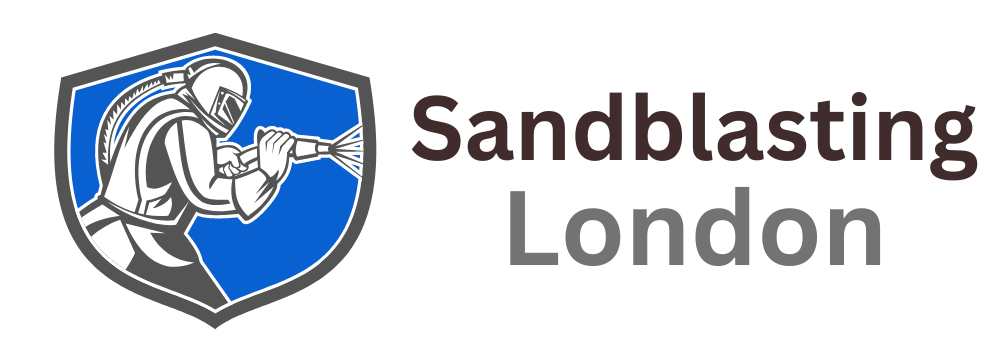How to Remove Rust From Tools Using Sandblasting
Rust can significantly impair the functionality and lifespan of tools, making rust removal essential for anyone keen on maintaining their equipment in top-notch condition. Among the various rust removal techniques, sandblasting is an effective and efficient method. This blog post explores how sandblasting can be used to remove rust from tools, ensuring they remain functional and visually appealing.
Understanding Rust and Its Impact on Tools
Rust, or iron oxide, occurs when iron or its alloys, such as steel, are exposed to moisture and oxygen over time. This chemical reaction tarnishes the appearance of tools and can lead to severe metal degradation, compromising structural integrity and functionality. Regular maintenance is required to prevent tools from becoming obsolete due to rust.
Why Choose Sandblasting for Rust Removal?
Sandblasting is a powerful rust removal technique that uses abrasive materials propelled at high velocity to clean surfaces. This method is especially suitable for removing rust because it is:
- Fast and Efficient: Unlike manual scraping or chemical methods, sandblasting can remove rust quickly from large surfaces and hard-to-reach areas.
- Effective: It leaves a smooth, clean surface, ideal for subsequent treatments such as painting or sealing.
- Versatile: Sandblasting can be adjusted according to the type of material and the degree of rust, making it suitable for a wide range of tools.
The Sandblasting Process Explained
1. Preparation: Before sandblasting, it's crucial to prepare the tools properly. This involves cleaning off any loose dirt or grease that might interfere with the sandblasting process.
2. Choosing the Right Abrasive: The choice of abrasive material is critical and depends on the type of tool and the extent of rust. Common abrasives include aluminium oxide, silicon carbide, and steel grit.
3. Setting Up the Equipment: Sandblasting requires specific equipment, including an air compressor, blast pot, and a nozzle. Safety gear such as gloves, goggles, and protective clothing are also essential.
4. The Blasting Process: The tools are blasted with the abrasive material, which effectively removes the rust. Operators must ensure even coverage and avoid over-blasting, which can damage the underlying metal.
5. Post-Blasting Clean-Up: After sandblasting, the tools should be thoroughly cleaned to remove any residual abrasive or dust.
Safety Considerations in Sandblasting
Safety is paramount in abrasive sandblasting due to the high pressures and abrasive materials used. Operators should adhere to safety guidelines, including:
- Wearing Protective Gear: This includes masks, goggles, gloves, and protective suits.
- Proper Ventilation: Ensuring that sandblasting is performed in a well-ventilated area to prevent inhalation of dust.
- Equipment Maintenance: Regularly checking and maintaining the sandblasting equipment to prevent accidents.
Environmental Impact of Sandblasting
While abrasive blasting is effective, it's important to consider its environmental impact. The process can generate a significant amount of dust and debris, which must be managed properly to avoid pollution. Using eco-friendly abrasives and employing dust collection systems can help mitigate these impacts.
Case Studies: Success Stories with Sandblasting
Several case studies highlight the effectiveness of grit blasting in restoring rusted tools. For example, a local workshop managed to restore a batch of old machinery tools to almost new conditions, significantly extending their operational life. These success stories underscore the practical benefits of choosing sandblasting for rust removal.
Mobile sandblasting is a powerful, efficient, and effective method for removing rust from tools, ensuring they continue functioning at their best. By choosing the right abrasives, setting up the equipment properly, and following safety guidelines, you can restore your tools to their former glory.
As you consider the best approach for maintaining your tools, remember that professional sandblasting services like those provided by Sandblasting London should be your first choice. Our expertise and equipment ensure that your tools are treated with the care they deserve, providing results that are difficult to achieve through DIY methods. Simply search "sandblasting near me" on the internet to find our company!
Check out our latest GBP update about using sandblasting to remove rust from tools.
